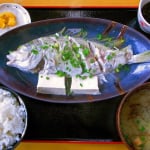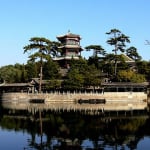Name: Otaki Castle
Address: 481 Otaki, Otaki-machi, Isumi-gun, Chiba Prefecture
Official/Related Site URL: https://goo.gl/TTR2jq
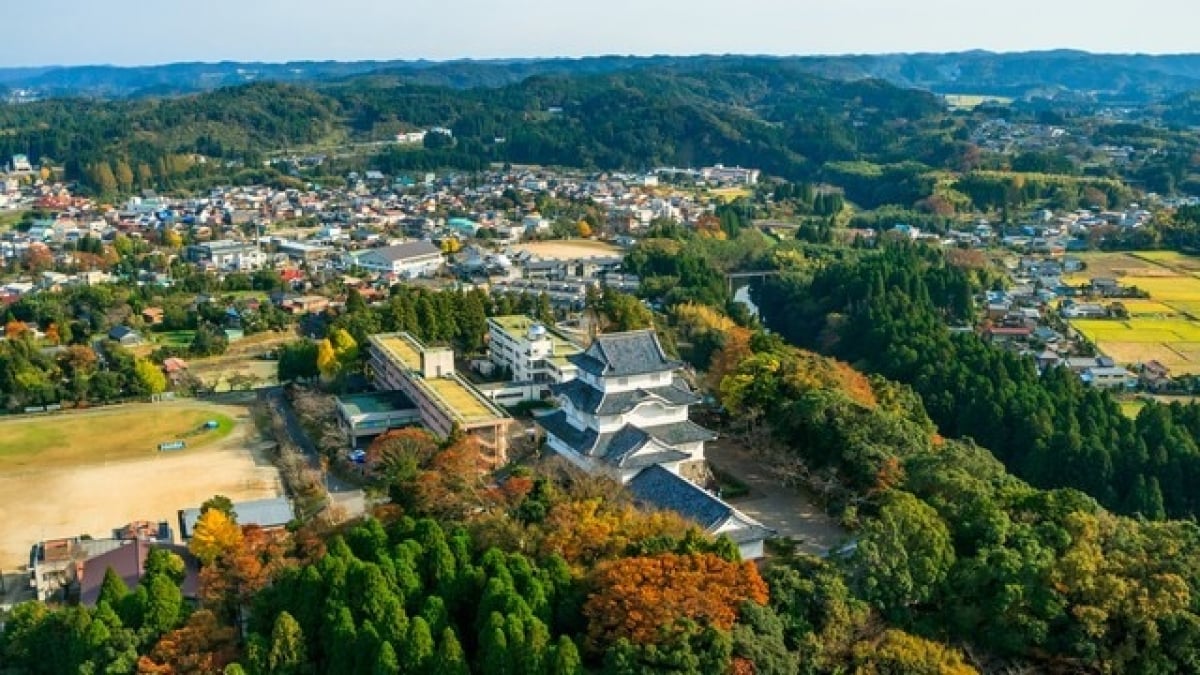
7 Sightseeing Spots in Otaki Town: Exploring History and Nature in Boso’s “Little Edo”
Located in the southeastern part of Chiba Prefecture, Otaki Town is home to the famous Yoro Valley (Yoro Keikoku) on its western side, one of the Boso Peninsula’s top tourist attractions. Two local railways also run through Otaki Town, giving it a wonderfully relaxed atmosphere. Otaki Castle overlooks a castle town where Edo-period merchant houses still remain, earning the area the nickname “Little Edo of Boso.”
Since late 2015 (Heisei 27), a direct highway bus has been in operation from Shinagawa GOOS (just in front of Shinagawa Station) to Otaki, dramatically improving access from Haneda Airport as well. Below, you’ll find seven recommended spots to visit in this hidden gem of Boso, Otaki Town.
table of contents
[x] close
7 Sightseeing Spots in Otaki Town: Exploring History and Nature in Boso’s “Little Edo”
1. Otaki Castle
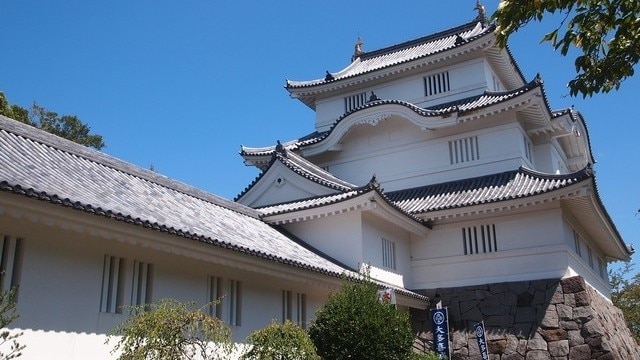
Overlooking the town of Otaki, Otaki Castle is said to have evolved from Odaki Castle, built by the Mariyatsu Takeda clan, who ruled the Kazusa region during the Warring States period (Sengoku era). In 1590 (Tensho 18), when Tokugawa Ieyasu was relocated to the Kanto region, he appointed Honda Tadakatsu—one of his “Four Heavenly Kings”—as the castle lord to guard against the Satomi clan to the south. At that time, the castle underwent major renovations and was renamed Otaki Castle.
After World War II, a three-story donjon (tenshukaku) was constructed on the castle’s main bailey, which now houses the Chiba Prefectural Otaki Castle Museum, a branch of the Chiba Prefectural Central Museum. If you’re touring Otaki, this castle is the perfect first stop.
2. Otaki Castle Town
During the Edo period, Otaki Castle was the center of the Otaki Domain. Its castle town was composed of seven areas known collectively as “Negoya Shichicho” (the Seven Neighborhoods of Negoya).
Even today, the town of Otaki, with the leisurely flowing Isumi River beside it, retains many historic buildings from the Edo period. Most of the key sightseeing spots are within easy walking distance, making it very convenient for travelers.
Below are some must-see buildings in Otaki, introduced in a “samidare-shiki” (spot-by-spot) style.
◆ Akinaishiryo-kan (Museum of Commerce)
To start your tour of Otaki’s castle town, first head to the Akinaishiryo-kan, or “Museum of Commerce.” Opened in 2001 (Heisei 13) inside a renovated earthen warehouse, this museum offers a look into the daily lives of the Otaki merchants who once prospered here under the name “Otaki Shonin.”
Name: Akinaishiryo-kan (Museum of Commerce)
Address: 153-1 Kubo, Otaki-machi, Isumi-gun, Chiba Prefecture
Official/Related Site URL: https://goo.gl/A8vMHZ
◆ Ooya Ryokan
Located in Shinchi, one of the seven Negoya neighborhoods, right in front of Isumi Shrine’s gate, Ooya Ryokan is an established inn dating back to the late Edo period. The main building is said to have been built during the Meiji period and is registered as a Tangible Cultural Property of Japan.
Its exterior alone exudes a nostalgic charm, but Ooya Ryokan is still fully operational. If you’re visiting Otaki, consider staying overnight in this historic lodging to immerse yourself in tradition.
Name: Ooya Ryokan
Address: 64 Shinchi, Otaki-machi, Isumi-gun, Chiba Prefecture
Official/Related Site URL: http://otakitown-ryokan-oyaryokan.jimdo.com/
◆ Toyonotsuru Shuzo (Sake Brewery)
Another long-standing business dating back to the Edo period is the Toyonotsuru Shuzo sake brewery, still going strong today. Its main house, chimney, brewery, and former rice-milling facility—all built in the Meiji period—are designated as Tangible Cultural Properties of Japan.
The brewery’s atmospheric interior has been featured as a filming location for TV dramas and is open for tours by reservation. For a souvenir of Otaki, be sure to pick up a bottle of their signature sake, “Otaki Castle.”
Name: Toyonotsuru Shuzo (Sake Brewery)
Address: 88 Shinchi, Otaki-machi, Isumi-gun, Chiba Prefecture
Official/Related Site URL: https://maruchiba.jp/sys/data/index/page/id/17118/
◆ Iseyuki Saketen (Liquor Store)
Located just a short walk from Otaki Station, Iseyuki Saketen is another long-established shop, originally relocated here in 1872 (Meiji 5). Legend has it that the massive timbers used in Otaki Castle’s former main gate were repurposed in its construction.
Nowadays, they sell liquor as well as local souvenirs like Japanese-style accessories and dolls, preserving the spirit of an Edo-era merchant house in modern times.
Name: Iseyuki Saketen
Address: 132 Kubo, Negoya, Otaki-machi, Isumi-gun, Chiba Prefecture
Official/Related Site URL:
https://www.pref.chiba.lg.jp/kyouiku/bunkazai/bunkazai/q111-060.html
◆ Watanabe-ke Jutaku (Watanabe Residence)
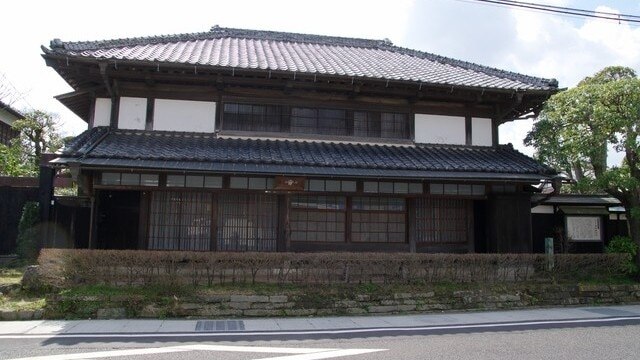
The Watanabe family were wealthy merchants entrusted with handling military funds for the Otaki Domain. Their two-story, hip-roofed house is designated as an Important Cultural Property of Japan. Built in 1849 (Kaei 2), it’s notable for having a precisely known construction date, making it one of the most historically significant merchant buildings still standing in Chiba Prefecture.
The interior is closed to the public, but as one of the historical buildings closest to Otaki Station, it’s worth stopping by to admire from the outside during your travels.
Name: Watanabe Residence
Address: 126 Kubo, Otaki-machi, Isumi-gun, Chiba Prefecture
Official/Related Site URL:
https://www.pref.chiba.lg.jp/kyouiku/bunkazai/bunkazai/n111-020.html
◆ Isumi Shrine
Also called Gozu Tennogu, Isumi Shrine was deeply revered by successive lords of the Otaki Domain. Its main deities are Susanoo-no-Mikoto and his family, making the shrine a popular spot for blessings in marriage and relationships.
On the days ending in “5” or “0” each month, a morning market (Rokusai-ichi) is held on the shrine grounds, attracting both locals and tourists. You can buy local mountain produce and seafood from nearby Boso waters at reasonable prices, adding a vibrant touch to Otaki’s morning scene.
Name: Isumi Shrine
Address: 63-12 Shinchi, Otaki-machi, Isumi-gun, Chiba Prefecture
Official/Related Site URL: http://isumi-jinja.com/
3. Awamata Falls
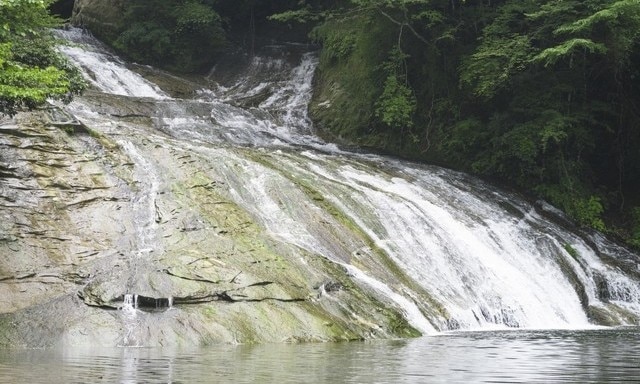
Located near the headwaters of the Yoro River, Awamata Falls (formally Takataki Falls, and also called Yoro Falls since it’s a symbol of Yoro Valley) is about 30 meters wide and a full 100 meters long.
Rather than a steep drop, the water slides gracefully down—like a natural waterslide. This gentle cascade creates a spacious basin that becomes a favorite swimming and wading spot for children in summer.
Walking trails are well-maintained around the area, making it a perfect place to appreciate the lush greenery of summer or the vivid autumn foliage. If you want to experience the seasons of Otaki, Awamata Falls is one of the top spots to visit.
Name: Awamata Falls
Address: Awamata, Otaki-machi, Isumi-gun, Chiba Prefecture
Official/Related Site URL: https://goo.gl/zMfTzp
4. Nakase Promenade
The Nakase Promenade begins near the border between Otaki Town and Ichihara City along the Yoro River. Right beside it is the Yoro Onsen hot spring area, making this a perfect place for a relaxed stroll if you stay overnight in Otaki.
A walk along the river amid abundant nature is a refreshing treat for both body and soul. Along the way, you’ll come across the Kobundo Ruins—one of the highlights of Yoro Valley. Excavated at the end of the Edo period to secure more farmland by diverting the Yugi River (a tributary of the Yoro River) through a tunnel in the rocky hills, Kobundo collapsed unexpectedly in 1979 (Showa 54). The resulting rock formations appear as if the mountain had been split in two, creating a distinctive and dramatic landscape.
This unique scenery, shaped by both human hands and natural forces, is well worth the trip to Otaki.
Name: Nakase Promenade
Address: Kattou, Otaki-machi, Isumi-gun, Chiba Prefecture
Official/Related Site URL: https://goo.gl/CejZR9
5. Kazusa-Nakano Station
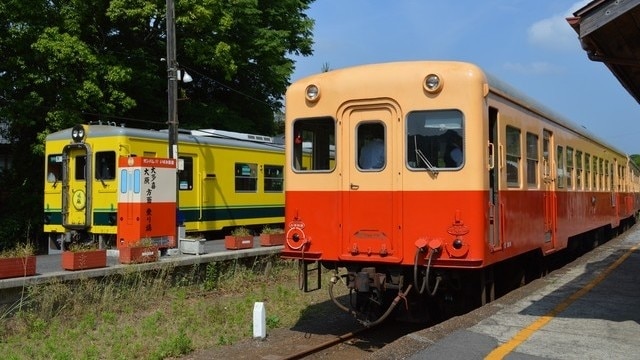
If you look at a map, it appears there’s a single rail line running straight through Otaki Town from Goi Station on the Uchibo Line to Ohara Station on the Sotobo Line. In fact, this route is made up of two separate local railways: the Isumi Railway and the Kominato Railway.
Located in the southwest of Otaki Town, Kazusa-Nakano Station is the junction where these two railways meet. Despite being the endpoint for both lines, it’s an unmanned station—a curious detail, especially considering it’s a popular stop for visitors headed to nearby Yoro Valley.
Travelers touring Otaki by train will need to change lines here. It’s a lovely spot to take in the relaxed pace of life in Otaki, and even if you’re not a diehard train enthusiast, you may enjoy the short break between rides. If you’re lucky, you’ll catch a glimpse of both Kominato Railway and Isumi Railway trains sitting side by side.
Name: Kazusa-Nakano Station
Address: 61 Horikiri, Otaki-machi, Isumi-gun, Chiba Prefecture
Official/Related Site URL:
http://www.isumirail.co.jp/ensen/stations/kazusanakano/
6. Suigetsu-ji Temple
A bit downstream from Awamata Falls in Yoro Valley lies Suigetsu-ji Temple, famous for its azaleas. A former head priest planted them from seed about 100 years ago, and now around 500 iwatsutsuji azaleas fill the temple grounds with dazzling color.
Founded in the early Muromachi period, Suigetsu-ji Temple is a rare Zen temple in the Boso region. If you’re visiting Otaki or the Yoro Valley from late March to early April when the azaleas are in full bloom, be sure to include this striking spot on your itinerary.
Name: Suigetsu-ji Temple
Address: 578 Ozawa Mata, Otaki-machi, Isumi-gun, Chiba Prefecture
Official/Related Site URL: https://goo.gl/Ckzftx
7. Mamenbara Plateau
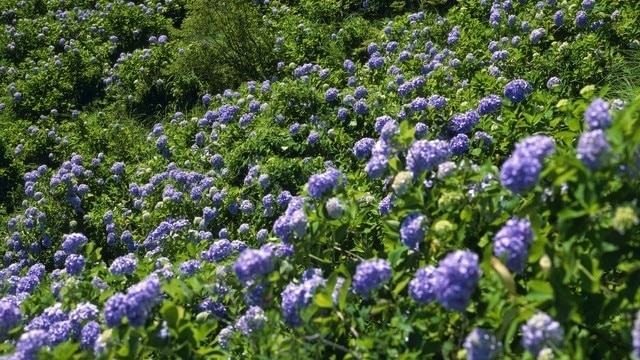
Situated near the border of Otaki Town and Kamogawa City, the Mamenbara Plateau is said to be one of the Tokyo area’s premier hydrangea viewing spots. Centered around Tenpai-en, located on the grounds of Myohoshō-ji Temple, approximately 20,000 hydrangeas bloom here.
With an elevation of around 340 meters, the hydrangeas in Mamenbara Plateau typically bloom a bit later than those in the low-lying Kanto Plain. They reach their peak in July, after the rainy season has subsided, so many visitors come from the Greater Tokyo area to see the hydrangeas in full bloom without the need for an umbrella.
Name: Mamenbara Plateau
Address: 1749 Tsutsumori, Otaki-machi, Isumi-gun, Chiba Prefecture
Official/Related Site URL: http://maruchiba.jp/sys/data/index/page/id/5712
◎ Summary
To the east, you have the historic castle town of Otaki; to the west, the dramatic landscapes of Yoro Valley. Connecting these is a pair of charming local lines: the Kominato Railway and the Isumi Railway. Otaki Town is perfectly balanced with a variety of sightseeing spots.
Whether you prefer a leisurely overnight trip by local train or a quick stop during a Boso Peninsula drive, Otaki caters to both travel styles. Explore its historic streets, relax in nature, and discover why it’s known as Boso’s “Little Edo.”
RELATED ARTICLES
REGIONS
CATEGORIES
FEATURED ON Guide
-
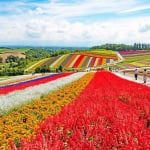
Where will you go for the summer vacation? Introducing recommended spots for domestic travel
-

Kaizu City’s Recommended 7 Tourist Spots. Enjoy the Culture and History Nurtured by Wajū!
-
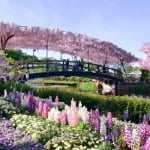
What Makes Ashikaga Flower Park So Special? A Treasure Trove of Photo-Worthy Spots!
-
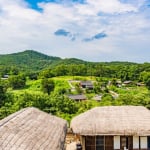
600 Years of Radiant Tradition: Korea’s Historic Villages of Hahoe and Yangdong
-

Two-Colored Seas and a Pink Beach! 4 Must-Visit Spots in North Eleuthera
MOST POPULAR ON Guide
-
 1
1Doha: Must-see Attractions in the Capital of Qatar
-
 2
2Toronto: 10 Things to do in this Picturesque Canadian City
-
 3
3Amarillo: A City Famous for It’s Amazing Canyons, Great History and Music
-
 4
4South Korea: Dazzling Scenery, Rich Culture and Fascinating History
-
 5
5Kuwait: A Country in Middle East Asia Famous for Hot Sand Dunes and Stunning Cityscape

